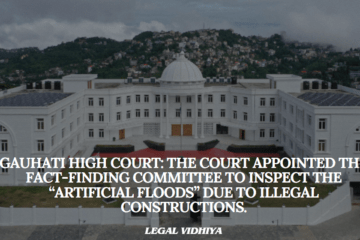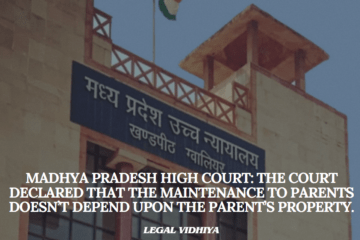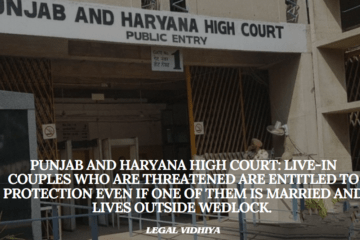
In this legal matter, the case revolves around a dispute regarding the specific performance of a contract related to the sale of a plot of land. The legal proceedings have traveled through different courts, culminating in a Second Appeal before the High Court.
The root of the Issue lies in the appellant’s development of Ashoka Enclave Extension, Part-II, in Faridabad. The respondent, predecessor-in-interest to the current party, initiated legal action seeking specific performance of a contract after the Trial Court decreed in their favour. The original trial granted the respondent the right to have a sale deed executed for a plot they had booked.
However, the lower Appellate Court took a different stance, reversing the Trial Court’s decision. Instead of enforcing the sale of the plot, it directed the appellant to refund the earnest money along with interest. This decision prompted an appeal to the High Court.
The appellant’s argument Is grounded in the claim that the layout plan for Ashoka Enclave Extension, Part-II, was approved in 1961, and the respondent failed to fulfill the payment conditions specified in the contract. The appellant further contends that legislative changes, including the 1963 Act and the 1971 Act, complicated the development process, leading to delays.
Crucially, the appellant offered an alternative plot to the respondent in 1982, citing frustrations in the original contract due to various developments. However, the respondent sought details and did not promptly accept the offer. Subsequent legal notices were exchanged, but no resolution was reached.
The High Court, In its judgment, upheld the Trial Court’s decision, emphasizing the appellant’s failure to provide essential information during the alternative plot offer. The court acknowledged the lengthy duration of the legal battle, spanning over six decades, and recognized that the appellant’s failure to furnish necessary details contributed to the delay.
As a resolution, the court modified the judgment, stating that instead of registering the plot at the initially agreed-upon rate, the appellant should pay ₹50,00,000 to the respondent within three months as a comprehensive settlement. This modification appears to acknowledge the prolonged nature of the dispute and attempts to offer a practical resolution that considers the changed circumstances and the substantial time elapsed since the original contract was entered into.
In essence, the case highlights the complexities that can arise in real estate transactions, especially when legislative changes and subsequent developments impact the fulfillment of contractual obligations. The legal proceedings have attempted to balance the interests of both parties while considering the extended duration of the dispute.
In Conclusion, the legal dispute surrounding the specific performance of a land contract underscores the challenges inherent in real estate transactions, particularly when legislative changes and prolonged timelines come into play. The court’s modification of the High Court’s judgment, directing the appellant to pay ₹50,00,000 to the respondent within three months as a final settlement, reflects an effort to provide a practical resolution to a complex and protracted legal battle. This conclusion recognizes the evolving circumstances over six decades and seeks to address the practical challenges that arose during the course of the contractual relationship. Ultimately, the case demonstrates the importance of considering the dynamic nature of real estate development, legislative frameworks, and the evolving needs of parties involved in contractual agreements.
Areeba, LLYOD LAW COLLEGE, INTERN UNDER LEGAL VIDHIYA.
Disclaimer: The materials provided herein are intended solely for informational purposes. Accessing or using the site or the materials does not establish an attorney-client relationship. The information presented on this site is not to be construed as legal or professional advice, and it should not be relied upon for such purposes or used as a substitute for advice from a licensed attorney in your state. Additionally, the viewpoint presented by the author is of a personal nature.







0 Comments